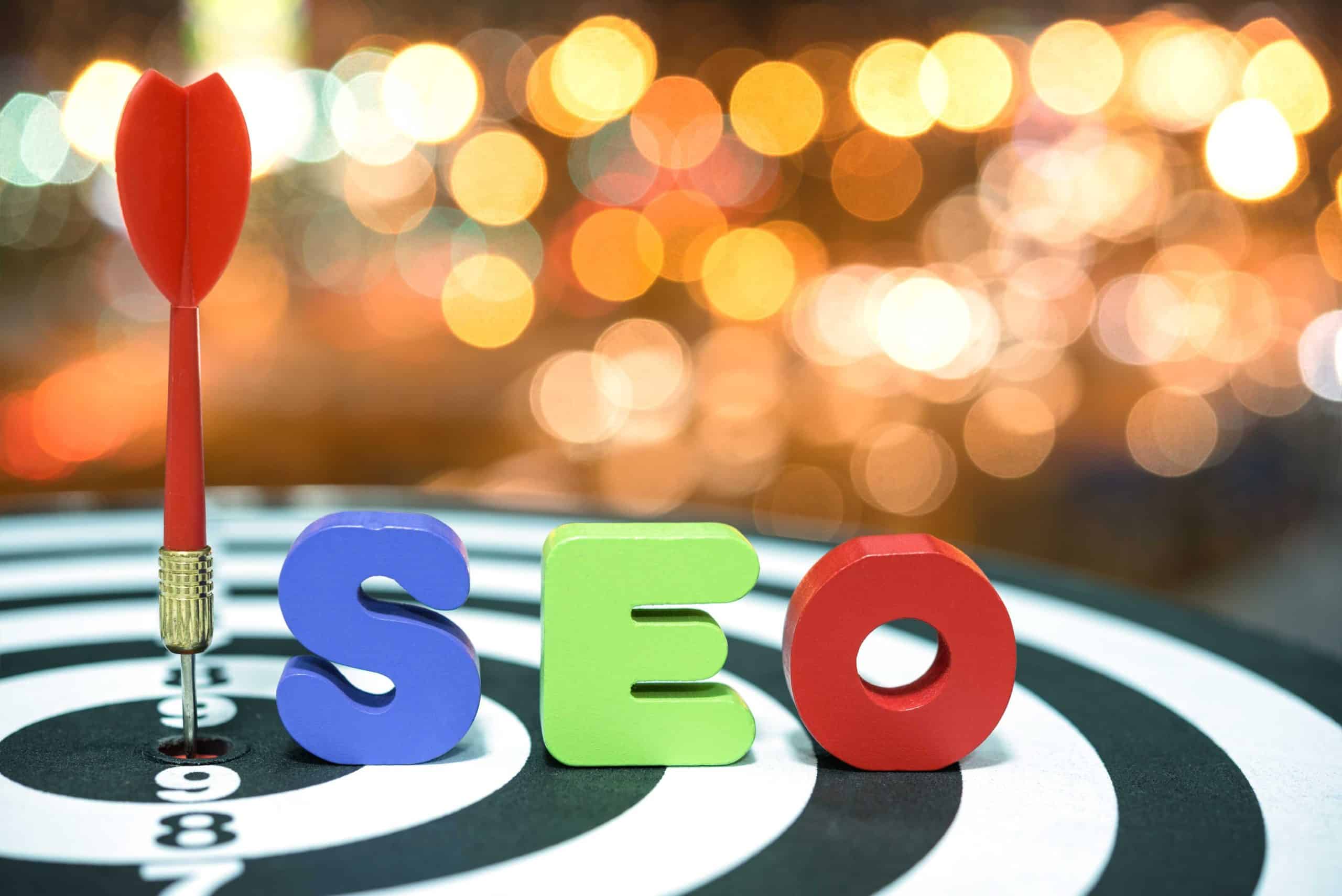Overseeing a website entails a broad scope of considerations, amongst which site speed performance holds a pivotal role.
A lagging website can irk users, hamper search engine visibility, and eventually imperil the prosperity of your site.
Multiple strategies lie at your disposal to escalate site speed, with the key in initially seizing the low-hanging fruit.
The quest for improved site speed performance can be increasingly challenging, with the triumphs becoming more subtle.
The endeavor of trimming site loading time from 4 seconds to 2 seconds is a comparatively breezier route than slashing it from 2 seconds to 1.
This warrants a meticulous assessment to verify if the pursuits hold potential benefits worth the invested efforts.
Behemoths like Amazon, Mozilla, and Google duly acknowledge the essence of committing resources to bolster site speed performance.
As an illustration, Amazon executed an analysis revealing a potential loss of 1% in revenue if their site’s speed drops by a mere 100 milliseconds.
A minuscule delay of 0.1 seconds could have plunged Amazon’s revenue by a staggering $5.14 billion in 2022. Consequently, it becomes indispensable for businesses to assign utmost priority to site speed augmentation, thereby enriching user experience and propelling growth.
A plethora of case studies from diverse sources underscores the criticality of site speed performance.
Nitro Pack, for instance, has disseminated numerous studies portraying the affirmative repercussions of site speed optimization on user satisfaction and commercial achievement.
Webmasters need to explore these studies to truly apprehend the colossal influence of site speed on their digital footprint.
Testing and Enhancement Options for WordPress Site Speed Performance
When striving to amplify WordPress site speed performance, a critical step lies in experimenting with optimization approaches to discern the ones aligning with your website’s requirements. This part delves into popular techniques like web hosting, manual advancement, and automation via WordPress plugins.
It is vital to test a variety of optimization methodologies to pinpoint the ones contributing the most toward site speed enhancement.
This allows webmasters to comprehend the impacts on their site speed, guiding them to make informed decisions regarding the implementation of strategies.
The Most Effective Investment is Web Hosting
Time after time, the most straightforward and cost-effective remedy for boosting site speed performance is switching web hosting providers.
This suggestion is often met with resistance as many businesses have deep-rooted loyalty towards their hosting partner or lack the expertise to successfully transition a website to another server.
It is a disservice not to contemplate this option to counter these viewpoints.
At the very worst, if the migration goes awry and bears no changes, the experience is a lesson learned.
Contrarily, a successful migration could be a game-changer for your site speed, demanding little more than the alteration of your A records. This presents a situation with minimal risk and high potential rewards.
We vouch for a handful of hosting partners according to your unique needs, with Nexcess being our long-standing ally, much appreciated by a majority of our clientele.
Streamline Your Efforts with WordPress Plugins
WP Rocket and Nitro Pack are renowned optimization plugins for WordPress sites. WP Rocket, a premium plugin, offers utilities such as page caching, file optimization, and lazy image loading.
Similarly, Nitro Pack is a premium plugin pro offering comparable features but boasts superior performance and user-friendliness.
Free optimization plugins are also available, such as W3 Total Cache and Autoptimize. The choice of the right optimization plugin hinges on the specific necessities of the website and the allocated budget.
Regarded as the apex standard for WordPress site speed performance, Nitro Pack surpasses other optimization plugins in terms of speed and ease of use. In our experience, Nitro Pack outperforms others nine times out of ten.
However, its premium offerings come with a substantial price tag, with a regular seat costing approximately $600 per year.
Command Your Website with Manual Optimization
The journey to improve site speed performance calls for a holistic approach involving the optimization of images, CSS and JavaScript files, web hosting and server configurations, caching, and Content Delivery Network (CDN) strategies. Decluttering your website and curtailing unnecessary features can diminish HTTP requests and rev up site speed.
While manual optimization techniques might seem daunting, combining them with other strategies could grant you a competitive edge and substantially improve site speed performance.
By adopting this exhaustive methodology, you can wield full control over your website and offer users a speedy and seamless browsing experience.
Furthermore, it’s imperative to consistently monitor and evaluate site speed performance to verify your optimization efforts’ effectiveness and identify further improvement areas.
Adopting a comprehensive and proactive stance towards site speed optimization ensures a brisk and engaging user experience, consequently enhancing your overall digital success.
Striking a Balance: Cost Versus Site Speed Performance Gains
Striking a balance between costs and potential speed performance gains is crucial while exploring optimization strategies.
While premium plugins such as Nitro Pack may provide superior performance, they come with a hefty price tag. For some enterprises, investing in premium optimization plugins may be justified if it significantly enhances site speed and propels business success.
However, the costs might be prohibitive for others, prompting them to investigate other optimization alternatives like free plugins or manual optimization techniques.
It is essential to evaluate the potential speed performance gains against the costs to make an informed decision that harmonizes with the needs and budget of the website.
A Compromise for Site Speed Performance
The process of enhancing site speed performance often calls for a compromise, necessitating sacrifices for optimal outcomes.
While every webmaster aspires to a visually arresting website teeming with cutting-edge features, overloading can decelerate the site and dishearten visitors.
It is, therefore, critical to determine which elements are integral to the user experience and which can be relinquished for improved site speed performance.
An easy optimization strategy is minimizing the number of fonts utilized on a site. Fonts can considerably affect site speed, and excessive disparate fonts can render a site chaotic and unprofessional.
Another instance is the use of Google Maps on a site. Despite being a valuable resource for businesses with physical locations, loading it on every page can hamper site speed. A simple and effective alternative is using an image with an external link for directions.
It is vital to ponder over the impact of plugins, sliders, widgets, animations, and videos on the site’s speed performance. While these elements can enrich the user experience, overuse can also weigh down the site.
Webmasters need to evaluate the potential advantages of incorporating these elements and counterbalance them against the performance costs. Striking a balance between functionality and user experience ensures a brisk and enjoyable website.
In essence, sacrifices are required to achieve optimal site speed performance. However, it doesn’t mean webmasters should indiscriminately prune their sites.
Instead, they should meticulously evaluate each element, deciding which ones are essential and which can be relinquished. Even incremental changes can contribute towards progress, and recognizing what works and what doesn’t will aid in making informed decisions about optimizing site speed performance.





